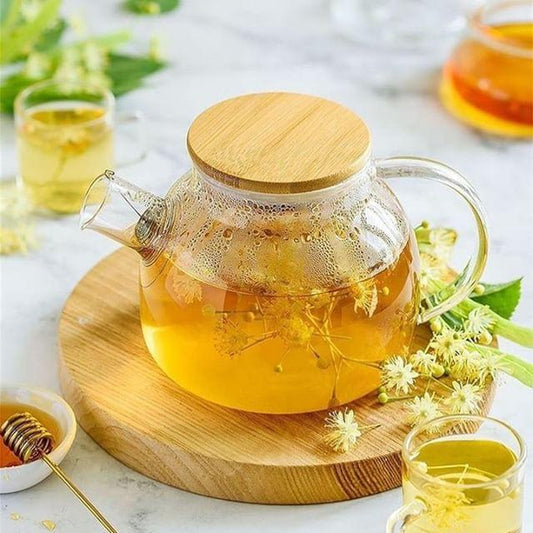How to Curate the Perfect Cheese and Charcuterie Board

A well-curated cheese and charcuterie board is the highlight of any gathering, combining flavors, textures, and visual appeal into a memorable culinary experience. Whether you’re hosting a casual get-together or a formal dinner, a thoughtfully prepared board offers something for everyone. Here’s a step-by-step guide on how to build a balanced, impressive cheese and charcuterie board that’s sure to impress your guests.
1. Start with a Selection of Cheeses
To create variety and depth, aim for at least three to five types of cheese that represent different textures and flavors. A balanced cheese selection can include:
- Soft Cheese: Brie, Camembert, or goat cheese bring a creamy, rich texture that pairs well with fruit.
- Semi-Hard Cheese: Cheddar, gouda, or Gruyère offer firmer textures and a range of mild to sharp flavors.
- Hard Cheese: Aged Parmesan, pecorino, or manchego add a salty, nutty taste that’s delicious with cured meats.
- Blue Cheese (optional): For a bold, complex flavor, consider adding blue cheese like Roquefort or gorgonzola. This adds diversity for more adventurous guests.
Tip: Arrange the cheeses in different sections, cutting a few pieces of each to make it easy for guests to start.
2. Choose Your Charcuterie Selection
Charcuterie provides the savory, protein-rich side of your board. Aim for a mix of meats that vary in flavor, texture, and spice:
- Cured Meats: Prosciutto, salami, and soppressata are classic choices with smoky and savory notes.
- Paté or Terrine: Add a spreadable element like paté or terrine for rich, earthy flavors that complement milder cheeses.
- Spicy Option: Consider a spicy sausage, like chorizo or nduja, to add a hint of heat and contrast.
Tip: Fold or roll slices of cured meat for visual appeal and easy picking.
3. Incorporate Fresh and Dried Fruits
Fruits add color, sweetness, and a contrasting texture to the savory elements. They also pair wonderfully with different types of cheese.
- Fresh Fruits: Grapes, apple slices, and figs are popular choices. Berries and pomegranate seeds also add bursts of color and flavor.
- Dried Fruits: Apricots, figs, and dates bring concentrated sweetness that pairs well with both salty and tangy cheeses.
Tip: Scatter fruits across the board to create a balanced, colorful look.
4. Add Crunch with Crackers and Bread
Offer a variety of crackers and bread to provide different textures and flavors, and to serve as a base for layering cheese, meats, and spreads.
- Crackers: Include plain, seeded, and flavored crackers. Thin and simple crackers allow the cheeses to be the main focus.
- Bread: A sliced baguette or sourdough works well. Toasted bread or crostini add extra crunch and structure.
Tip: Place crackers and bread in multiple spots on the board to keep it accessible from all sides.
5. Include Sweet and Savory Accents
Small additions like jams, honey, and pickles elevate your board by adding complexity to the flavors and textures.
- Sweet Accents: A drizzle of honey pairs beautifully with blue cheeses, while fruit jams like fig or apricot complement brie and goat cheese.
- Savory Accents: Include olives, cornichons, or pickled vegetables for a tangy bite that cuts through the richness of the meats and cheeses.
Tip: Use small bowls for jams, honey, and pickles to keep them contained and visually appealing.
6. Garnish and Arrange Thoughtfully
Presentation is key to a memorable cheese and charcuterie board. A visually appealing setup encourages guests to explore and sample the different elements.
- Create Sections: Group cheeses, meats, and crackers together while leaving space for garnishes and smaller items like nuts and dried fruits.
- Use Small Bowls: Place small bowls for honey, olives, or spreads to add height and variety.
- Garnish: Add fresh herbs like rosemary, thyme, or edible flowers for a touch of greenery.
Tip: Arrange your board to balance colors and textures, making sure no area looks overcrowded or bare.
7. Balance Flavors and Colors
An ideal cheese and charcuterie board has a harmonious mix of colors, flavors, and textures that work together to create a visually appealing and satisfying experience.
- Colors: Include a range of colors, like the deep reds of cured meats, bright greens from olives and herbs, and creamy whites of cheeses.
- Shapes and Textures: Arrange round grapes near square crackers or sliced meats for visual variety, and use both hard and soft items to vary textures.
Tip: Take a few minutes to adjust and fill any empty spaces with nuts, herbs, or small garnishes to make the board look complete.
Final Thoughts
Creating the perfect cheese and charcuterie board is an art, but with the right ingredients and thoughtful presentation, it’s easy to put together a board that’s as delicious as it is beautiful. Choose a mix of textures, flavors, and colors, and let your guests experiment with different combinations. Whether it’s for a holiday, special occasion, or casual gathering, a well-curated cheese and charcuterie board will make your event unforgettable. Enjoy your creation, and happy hosting!
Share:





